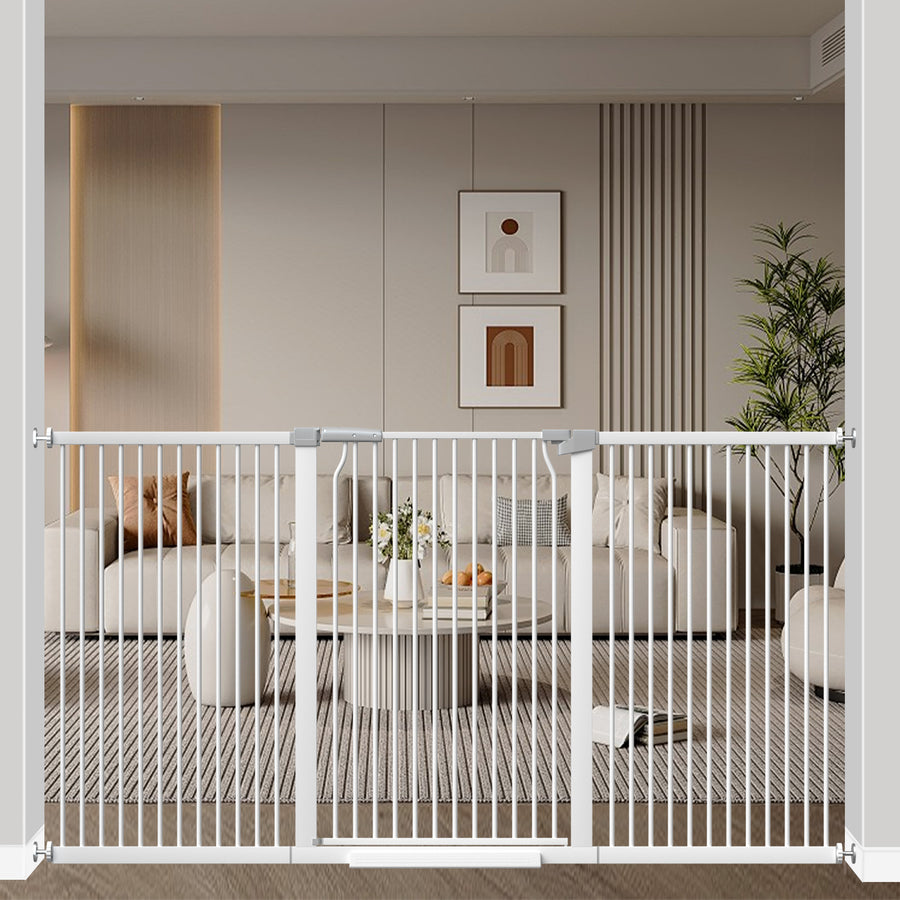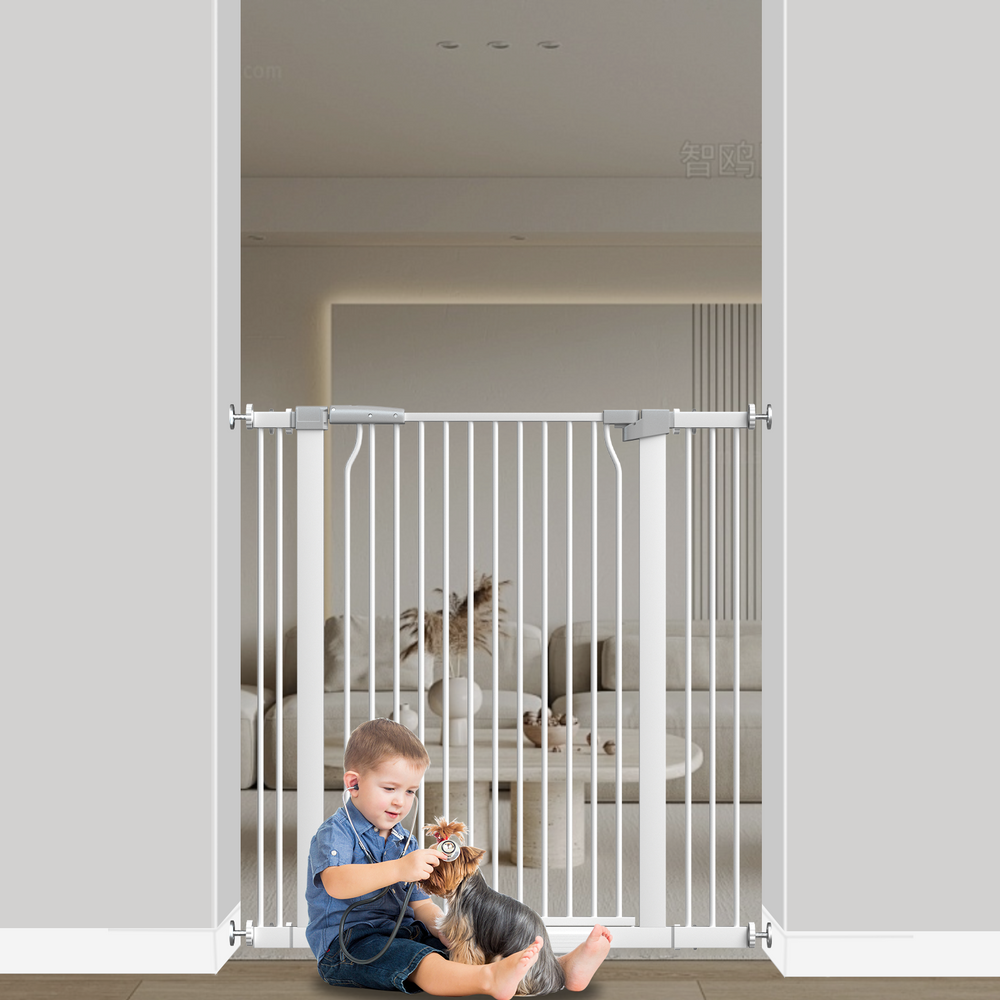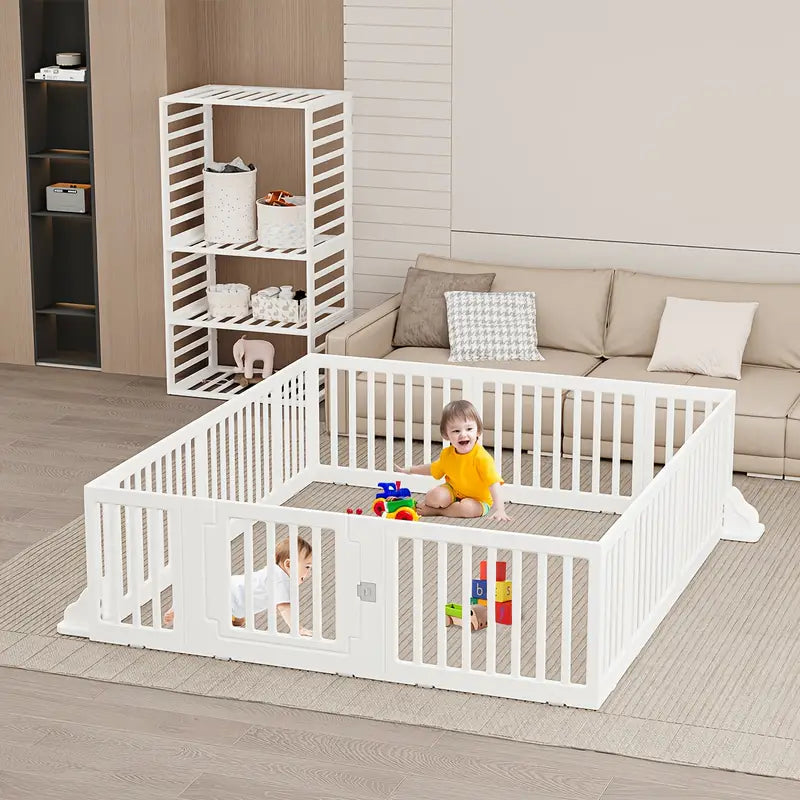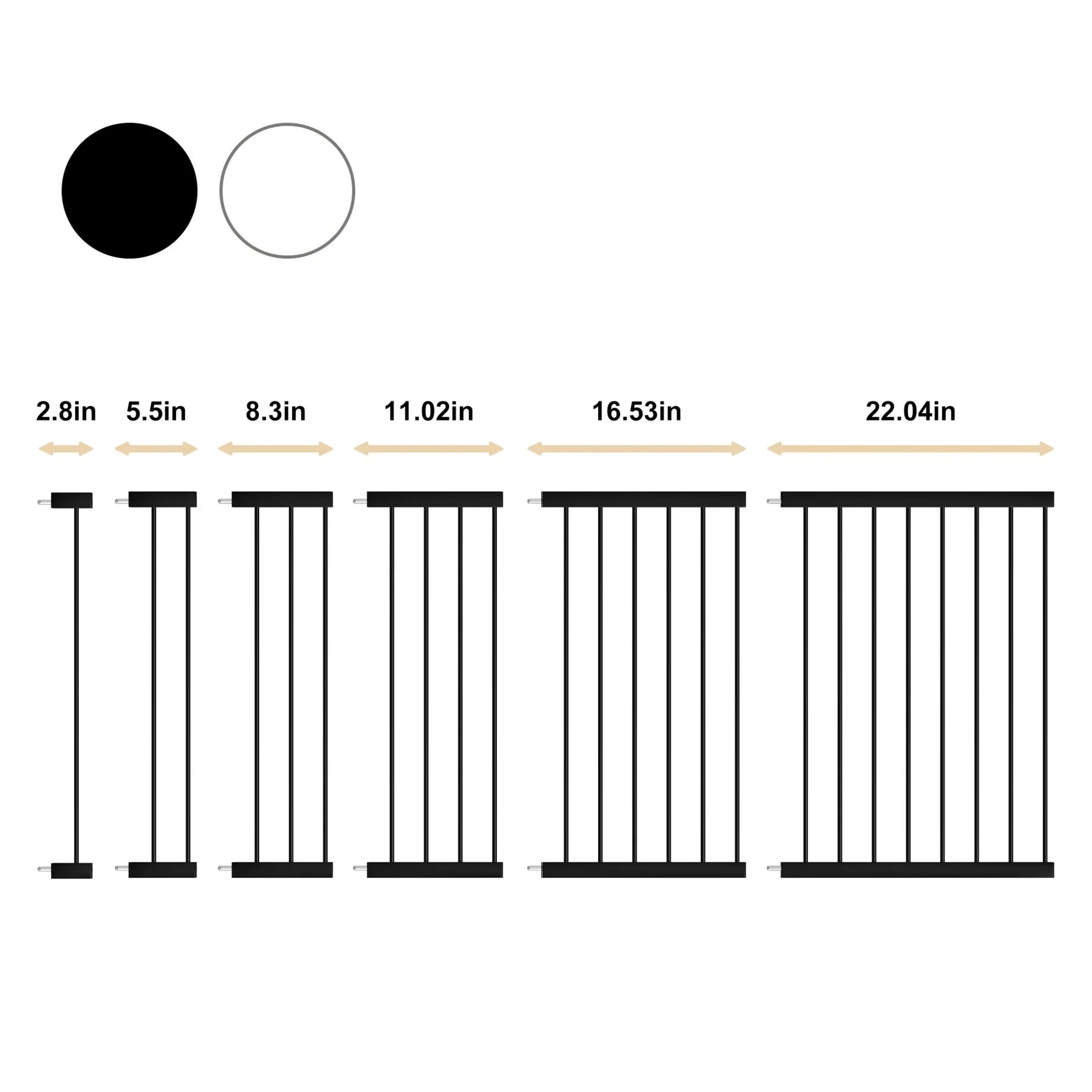Understanding Crib Safety Standards: Essential Guidelines for New Parents
Key Crib Safety Standards To Follow

Understanding CPSC Regulations
The Consumer Product Safety Commission (CPSC) sets the bar for crib safety in the United States. It's not just a suggestion; it's the law. These regulations cover everything from the materials used to the structural integrity of the crib. Before you even think about buying a crib, make sure it's CPSC-certified. This certification means the crib has undergone rigorous testing and meets the minimum safety requirements to protect your baby. It's a non-negotiable starting point.
Importance of AAP Recommendations
While the CPSC sets the legal standards, the American Academy of Pediatrics (AAP) offers additional recommendations based on the latest research in infant safety. These recommendations often go above and beyond the basic legal requirements. For example, the AAP emphasizes the importance of a firm mattress and a bare crib – no bumpers, blankets, or toys. Following AAP guidelines can further reduce the risk of SIDS and other sleep-related dangers. Think of it as going the extra mile to create the safest possible sleep environment for your little one. Here are some key AAP recommendations:
- Always place your baby on their back to sleep.
- Use a firm, flat mattress with a fitted sheet.
- Keep the crib free of soft objects, toys, and loose bedding.
Avoiding Antique Cribs
Antique cribs might look charming, but they often come with hidden dangers. Safety standards have evolved significantly over the years, and older cribs may not meet current requirements. Lead paint, wider slat gaps, and drop-side designs are just a few of the potential hazards. It's best to admire antique cribs from afar and opt for a new crib that meets modern safety standards. Don't risk your baby's safety for the sake of nostalgia. If you are getting a used crib, check it with extra care.
Using an old crib might seem like a good way to save money, but it's not worth the risk. Newer cribs have features like stronger hardware and tighter slat spacing that can prevent accidents. Plus, you'll have peace of mind knowing that your baby is sleeping in a safe environment.
Choosing The Right Crib
Choosing a crib is a big deal! It's where your baby will spend a lot of time, so you want to make sure it's safe and comfy. There are a few things to keep in mind when you're shopping around. It can feel overwhelming, but breaking it down into smaller steps makes it easier.
Inspecting Crib Components
Before you even think about style, give the crib a thorough once-over. Check all the parts. Are they sturdy? Are there any sharp edges or small pieces that could come loose? Make sure everything is well-made and secure. You're looking for a crib that will stand the test of time (and a growing baby!).
- Check the slat distance. It should be no more than 2 3/8 inches apart. This prevents your baby from getting stuck.
- Make sure the corner posts are either flush with the headboard/footboard or very tall (over 16 inches). Anything in between is a strangulation hazard.
- Give the crib a good shake. It shouldn't wobble or feel unstable.
Avoiding Drop-Side Cribs
Drop-side cribs used to be popular, but they're now considered unsafe. The sides can detach or malfunction, creating a dangerous gap where a baby could get trapped. The sale of drop-side rails is prohibited for safety reasons. Don't buy or accept a used crib with a drop-side rail.
Checking for Recalls
Before you buy any crib, new or used, take a few minutes to check for recalls. The Consumer Product Safety Commission (CPSC) website has a searchable database of recalled products. Just type in the manufacturer and model number to see if there are any safety issues. It's a quick step that could save you a lot of heartache. You can also sign up for email alerts to stay informed about future recalls. It's better to be safe than sorry when it comes to your baby's well-being.
It's easy to get caught up in the excitement of decorating the nursery, but don't let that distract you from the most important thing: safety. A beautiful crib is nice, but a safe crib is essential. Take your time, do your research, and choose wisely.
Setting Up A Safe Sleep Environment
Creating a safe sleep environment is super important for your baby's well-being. It's not just about having a crib; it's about making sure everything inside and around the crib is safe. Let's get into the details.
Selecting A Firm Mattress
A firm mattress is key to reducing the risk of suffocation or SIDS. You want a mattress that doesn't allow your baby to sink in. Think of it like this: a firm surface provides the necessary support for your baby's developing body. A too-soft mattress can create an unsafe sleeping position. When you press on the mattress, it should spring back quickly and not leave a deep impression. This ensures that your baby can breathe easily and move freely during sleep. It's a simple step that makes a big difference.
Ensuring A Snug Fit
Making sure the mattress fits snugly inside the crib frame is another big deal. You shouldn't be able to fit more than two fingers between the mattress and the crib sides. If there's too much space, your baby could get stuck, which is obviously something we want to avoid. Measure the inside of the crib and compare it to the mattress dimensions before you even buy anything. A proper crib mattress fit is non-negotiable for safety.
Keeping The Crib Bare
This one's simple but crucial: keep the crib bare. No pillows, no blankets, no bumper pads, no toys. Just a fitted sheet. All those extras might seem cozy, but they increase the risk of suffocation. Babies don't need all that stuff to sleep soundly. In fact, they sleep safer without it. Think of the crib as a minimalist space – less is definitely more when it comes to safety. A bare crib is a safe crib. It's a good idea to check CPSC guidelines for more information.
A bare crib might seem stark, but it's the safest option for your baby. Over time, you'll find that your baby sleeps just as well, if not better, in a clutter-free environment. It's all about creating a safe space where they can rest peacefully without any unnecessary risks.
Safe Sleep Practices For Infants
Once you've got the right crib, it's time to think about how to use it safely. It's not just about the crib itself, but also about how you put your baby to sleep. Some of these tips are mostly for babies under a year old.
Placing Baby On Their Back
Always put your baby on their back to sleep. This is the top recommendation to lower the risk of SIDS (Sudden Infant Death Syndrome). Once they can roll over on their own, it's usually okay if they choose to sleep on their stomach, but double-check with your pediatrician to be sure, especially considering your child's specific health situation. It's a good idea to get pediatric advice on this topic.
Avoiding Soft Bedding
Keep the crib bare! That means no pillows, blankets, bumper pads, or stuffed animals. These things can be a suffocation hazard. A safe sleep sack is a good alternative to a blanket once your baby is old enough.
Removing Hazards From The Crib
Make sure there aren't any other dangers in or near the crib. This includes:
- Remove mobiles when your baby can push up on their hands and knees or by 5 months old.
- Keep the crib away from windows and cords from blinds or curtains.
- Take off bibs and necklaces before putting your baby in the crib.
- Don't hang toys with strings in the crib.
Following safe sleep practices is just as important as having a safe crib. The crib is just a place to put your baby, but how you put them to bed, what they're wearing, and what position they're in matters a lot.
Regular Maintenance And Safety Checks
It's easy to set up the crib and think you're done, but regular checks are super important. Babies grow and change so fast, and what was safe last month might not be safe now. Plus, cribs can loosen up over time with use, so staying on top of maintenance is key.
Inspecting Hardware And Slats
Take a good look at all the screws, bolts, and other hardware. Are they tight? Are any missing? Loose hardware is a big hazard because it can cause parts to come apart. Also, check the slats. Make sure none are broken or cracked, and that they're all securely in place. You don't want any gaps where a baby could get stuck. It's a good idea to do this at least once a month, or even more often if your baby is particularly active.
Tightening Loose Screws
If you find any loose screws, tighten them right away. It's a simple fix that can prevent a lot of problems. If a screw is stripped or damaged, replace it with a new one of the same size and type. You can usually find these at any hardware store. Keep a screwdriver handy near the crib for quick adjustments. This is one of those things that's easy to put off, but it's worth taking the time to do it right. You can also use Household Safety Checklists to make sure you're covering all your bases.
Checking For Wear And Tear
Look for any signs of wear and tear on the crib. This could include things like:
- Chipped paint
- Cracked plastic
- Rough edges
- Splintering wood
If you find any of these, address them right away. Chipped paint can be a choking hazard, and rough edges or splinters can hurt your baby. You might need to sand down rough spots, repaint the crib with non-toxic paint, or even replace the damaged part. It's also important to check for any sharp edges or points that could be dangerous. Remember, a safe crib is a well-maintained crib. If you're unsure about crib safety, consult the manufacturer's instructions or a professional.
Transitioning From Crib To Bed

Recognizing When To Transition
Knowing when to move your child from a crib to a bed is a big step, and it's not always about age. While many toddlers make the switch around 2 or 3 years old, the most important factor is their development and safety. If your child is starting to climb out of the crib, even at its lowest setting, it's definitely time to consider a change. This is because climbing out poses a significant risk of falls and injuries. Also, consider their size; if they're getting cramped or seem uncomfortable, a bigger bed might be necessary.
Safety Tips For Toddler Beds
Once you've decided to transition, safety is paramount. Toddler beds are designed to be lower to the ground, reducing the risk of falls. Here are some tips to keep in mind:
- Use guardrails: Install guardrails on the bed to prevent your child from rolling out during the night. Make sure they are securely attached and cover a significant portion of the bed's length.
- Clear the area: Remove any furniture or objects near the bed that your child could climb on or bump into if they do fall out. Soft rugs or carpets can also help cushion any falls.
- Consider a nightlight: A dim nightlight can help your child feel more secure and make it easier for them to see if they need to get up during the night.
It's also a good idea to talk to your child about the new bed and get them excited about it. Involve them in choosing bedding or decorating the space to make them feel more comfortable and in control.
Maintaining Sleep Safety Standards
Even after moving to a toddler bed, it's important to maintain safe sleep practices. Continue to use a firm mattress and avoid soft bedding like pillows, blankets, and stuffed animals. These items can still pose a suffocation risk for young children. Ensure the crib assembly is away from windows and follow the same guidelines you used in the crib, such as placing your child on their back to sleep until they are old enough to roll over independently. Regularly check the bed for any loose parts or damage, and address them promptly to prevent accidents. Remember, safe sleep practices are important to ensure your baby’s safety at night.
Final Thoughts on Crib Safety
In the end, crib safety is all about keeping your little one safe while they sleep. It might feel overwhelming at first, but just take it step by step. Make sure you pick a crib that meets current safety standards, and always check for recalls. Remember to keep the crib clear of any soft items and always lay your baby down on their back. These simple steps can make a big difference. As a new parent, your job is to create a safe sleep environment, and following these guidelines is a great way to start. Trust your instincts, stay informed, and enjoy those precious moments with your baby.






Leave a comment